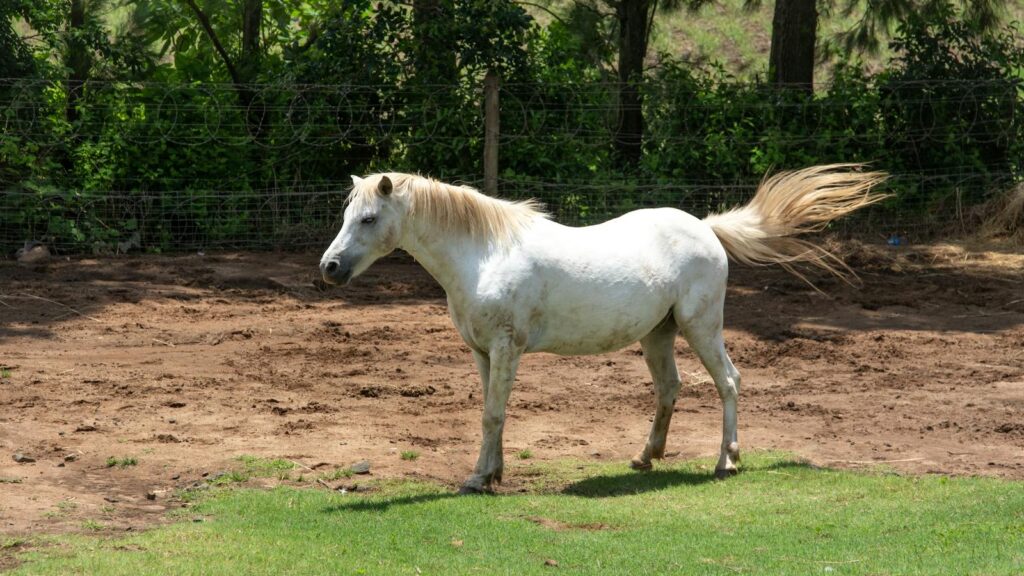Throughout history, horses have galloped into our hearts and imaginations as symbols of freedom, power, and grace. From ancient cavalry mounts to modern racing champions, certain equines have transcended their status as mere animals to become living legends. When we consider the most legendary horses of all time, several extraordinary candidates vie for this prestigious title. These remarkable animals have left hoofprints across the pages of history, inspiring generations with their speed, beauty, intelligence, and heart. This article explores some of the most celebrated equine icons and examines what qualities might elevate a horse to truly legendary status.
Secretariat: The Horse That Redefined Racing
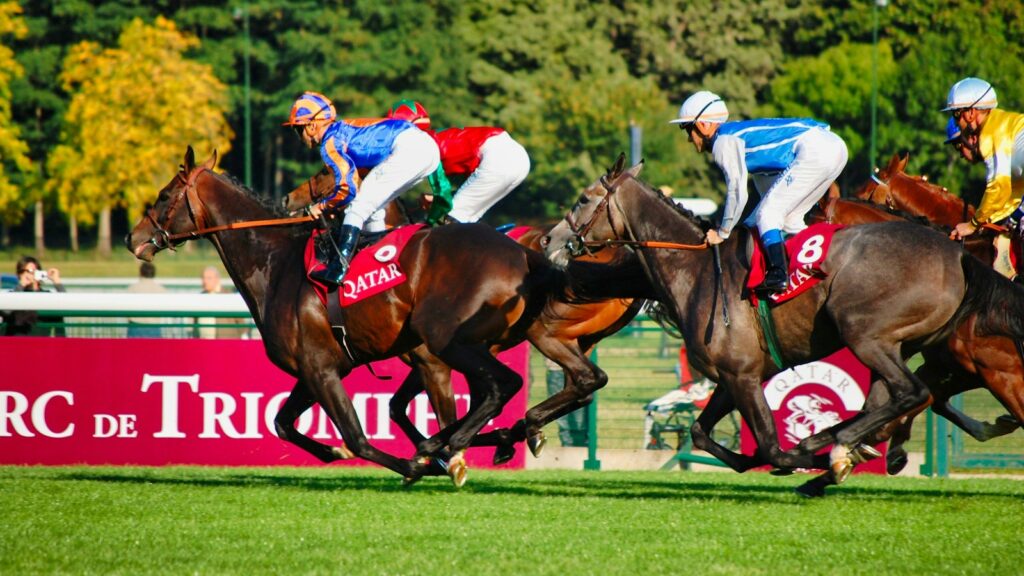
When discussing legendary horses, Secretariat invariably gallops to the forefront of the conversation. This magnificent chestnut Thoroughbred captured the 1973 Triple Crown with performances so spectacular they still stand as benchmarks today. His 31-length victory in the Belmont Stakes remains one of the most astonishing displays of equine athleticism ever witnessed, completed in a world-record time that still stands unbroken. Perhaps most remarkably, post-mortem examination revealed Secretariat possessed a heart approximately 2.5 times larger than the average horse, physically embodying the “heart of a champion” metaphor. His combination of breathtaking speed, physical perfection, and charismatic presence has made Secretariat the standard against which racing greatness is measured.
Bucephalus: Alexander the Great’s Faithful Companion

Few horses can claim to have influenced the course of history as profoundly as Bucephalus, the legendary mount of Alexander the Great. According to historical accounts, the young Alexander tamed this supposedly unrideable black stallion when he was just 13 years old, recognizing that the horse was simply afraid of its own shadow. The bond formed between man and horse would last throughout Alexander’s world-conquering campaigns, carrying him through battlefields across three continents. When Bucephalus died in 326 BCE after the Battle of Hydaspes, Alexander was so devastated that he founded an entire city in his horse’s honor – Bucephala (in modern-day Pakistan). Their relationship symbolizes one of history’s most celebrated partnerships between human and horse.
Man o’ War: The Horse of the Century
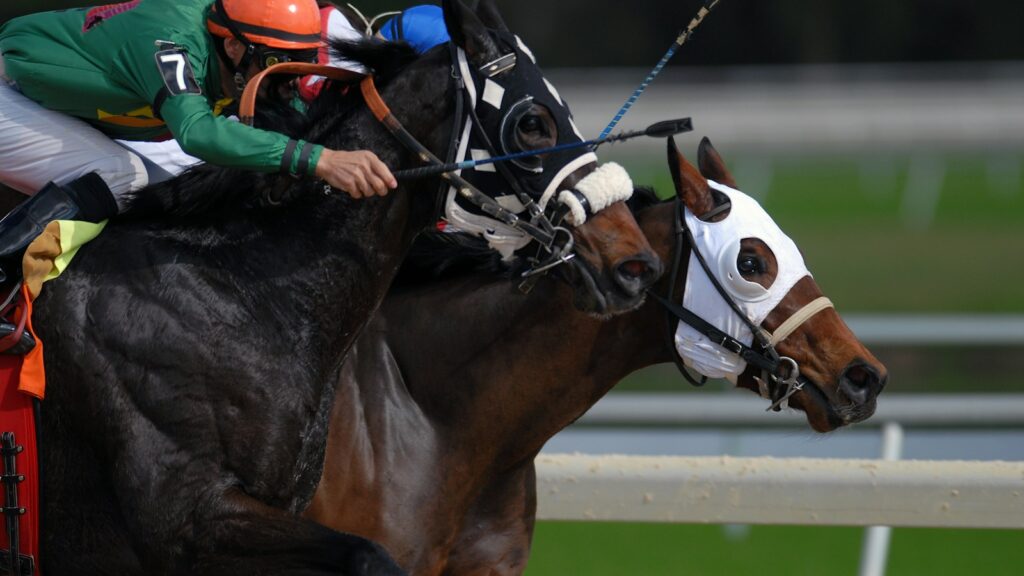
Before Secretariat captured America’s imagination, there was Man o’ War, a horse so dominant he was named “Horse of the Century” by multiple publications. Racing primarily in 1919-1920, this magnificent chestnut won 20 of his 21 races, often carrying significantly more weight than his competitors as a handicap. His only defeat came to a horse aptly named “Upset” in a race where Man o’ War was turned sideways at the starting gate. What makes Man o’ War’s achievements even more remarkable is that he never competed in the Kentucky Derby because his owner objected to racing in Kentucky, denying fans the chance to see him pursue the Triple Crown. His legacy continued through his offspring, including War Admiral who won the Triple Crown in 1937, establishing one of racing’s most influential bloodlines.
Seabiscuit: The Underdog Who Captured America’s Heart
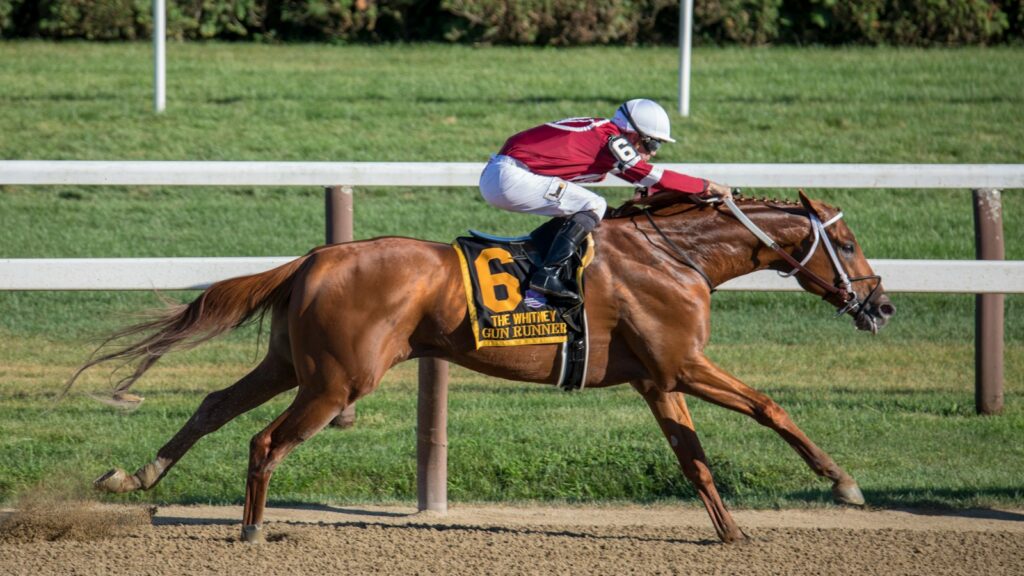
Not all legendary horses are born looking the part, as Seabiscuit gloriously proved. Small, knobby-kneed, and initially dismissed as lazy and untrainable, this unlikely champion rose from obscurity during America’s Great Depression to become a symbol of hope for millions. Under the guidance of trainer Tom Smith and jockey Red Pollard, Seabiscuit transformed into a fierce competitor who defeated the seemingly invincible War Admiral in their famous 1938 match race. His rags-to-riches story resonated deeply with an American public struggling through economic hardship, making him perhaps the most culturally significant racehorse in American history. Seabiscuit’s tale of perseverance against overwhelming odds continues to inspire through books, films, and his permanent place in equine lore.
Pegasus: The Immortal Winged Horse
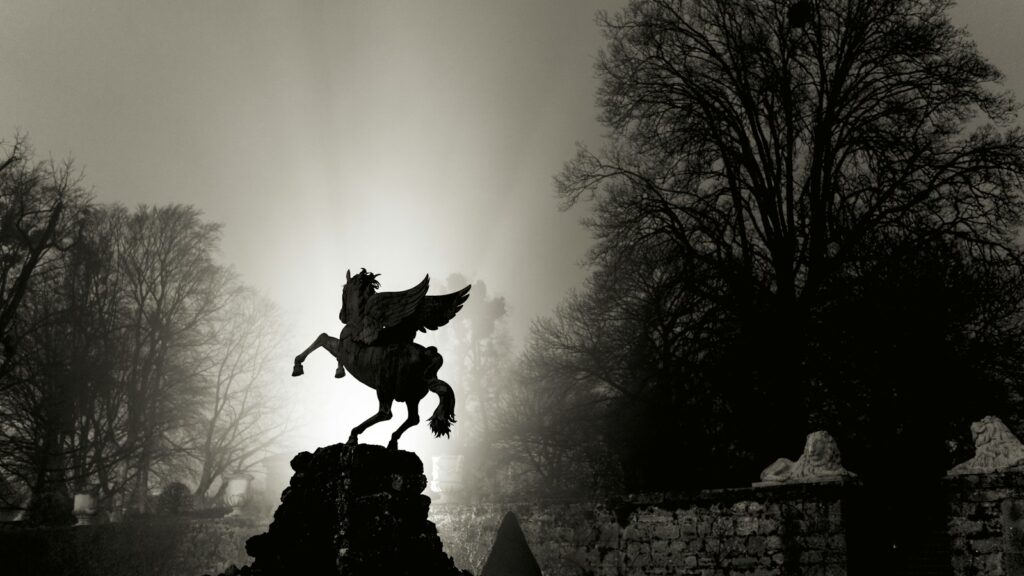
While most legendary horses established their fame through earthly accomplishments, Pegasus soared beyond reality into the realm of mythology. This magnificent winged horse from Greek mythology was born from the blood of Medusa when Perseus beheaded the Gorgon. According to legend, Pegasus helped the hero Bellerophon defeat the Chimera and performed numerous other heroic deeds before eventually being placed among the stars as a constellation. Throughout art history, from ancient Greek pottery to Renaissance paintings to modern fantasy illustrations, Pegasus has represented the ultimate symbol of freedom, inspiration, and the transcendent power of imagination. No real horse can match Pegasus in terms of cultural permanence and symbolic significance across thousands of years of human civilization.
Eclipse: The Horse Who Could Not Be Beaten
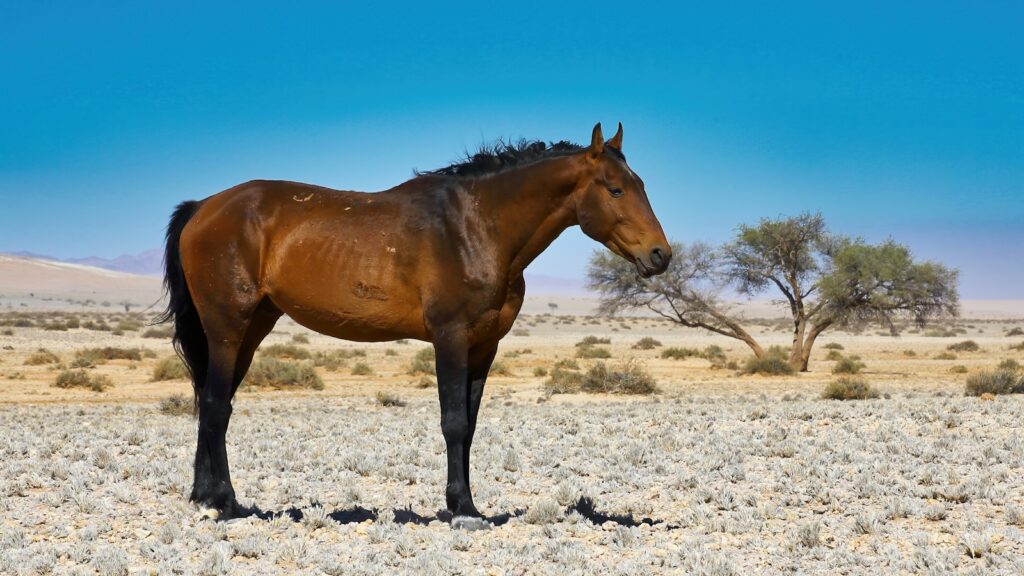
In 18th century England, a bay colt named Eclipse established a record of perfection that has never been equaled in major racing. Foaled during a solar eclipse in 1764, this extraordinary Thoroughbred won all 18 races of his career, often so easily that competitors refused to race against him. His dominance was so complete that the phrase “Eclipse first, the rest nowhere” became a common expression in the racing world. Most remarkably, Eclipse’s genetic influence continues to this day – studies suggest that up to 95% of modern Thoroughbreds carry his bloodline, making him arguably the most important sire in racing history. His perfect racing record combined with his unprecedented genetic legacy makes Eclipse a strong contender for the title of most legendary horse ever.
Trigger: Hollywood’s Golden Horse
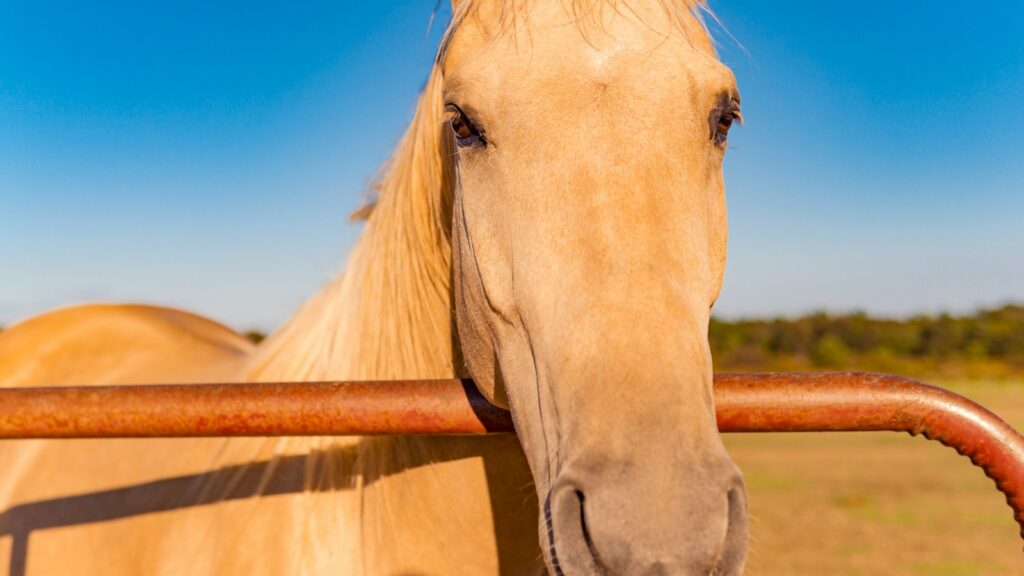
Some horses achieve legendary status not through athletic competition but through their cultural impact, and no equine star shone brighter than Trigger, “The Smartest Horse in the Movies.” As Roy Rogers’ faithful palomino sidekick, Trigger appeared in over 100 films and television episodes, performing incredible tricks and becoming instantly recognizable to millions of fans worldwide. Known for his intelligence, this palomino could walk 50 feet on his hind legs, sit in a chair, and untie knots, elevating him from mere animal actor to genuine celebrity. Rogers was so attached to Trigger that after the horse’s death in 1965, he had his beloved companion mounted by a taxidermist rather than buried, allowing the legendary horse to continue delighting fans for generations at Roy Rogers’ museum. Trigger’s golden coat and flowing white mane and tail came to define the idealized Western horse in American popular culture.
Comanche: The Sole Survivor
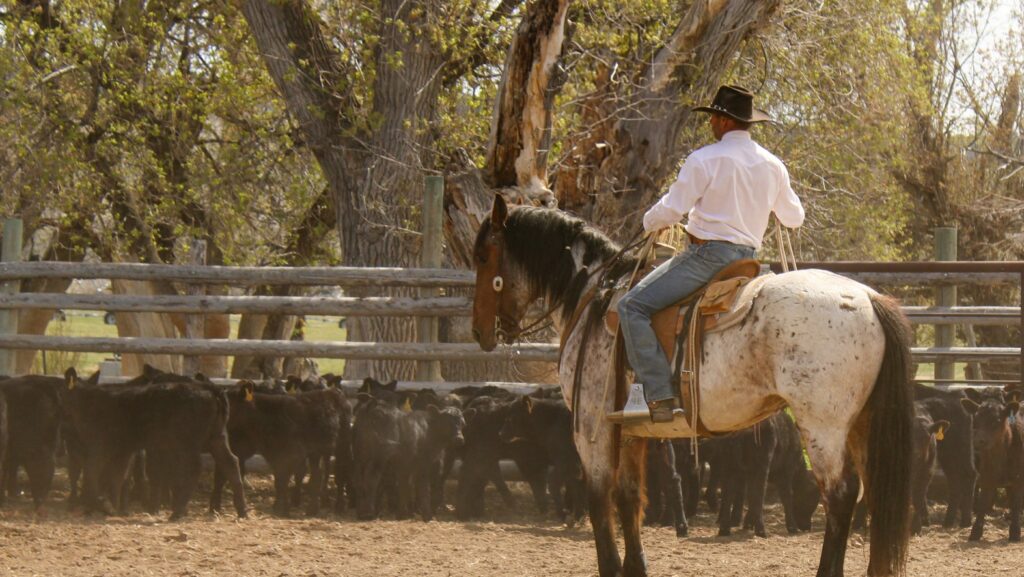
Some horses earn legendary status through a single momentous historical connection, as was the case with Comanche, a mustang-morgan cross who became the symbolic sole survivor of Custer’s Last Stand. Purchased by the U.S. Army in 1868, this dun gelding served with the 7th Cavalry and was grievously wounded at the Battle of the Little Bighorn in 1876. Found two days after the battle barely alive with no fewer than seven serious wounds, Comanche was nursed back to health and subsequently treated with extraordinary honor. The Army issued the unprecedented order that Comanche would never again be ridden and would be formally excused from all duties, essentially making him a living memorial to the fallen soldiers. After his death in 1891, Comanche was preserved through taxidermy and remains on display at the University of Kansas Natural History Museum, continuing his role as a living link to a pivotal moment in American history.
Clever Hans: The Horse Who Could Count

Not all legendary horses earned their fame through physical prowess – some, like Clever Hans, made history through apparent intellectual abilities that challenged human understanding of animal cognition. In early 20th century Germany, this Orlov Trotter became a sensation for his supposed ability to perform arithmetic, tell time, identify musical tones, and even spell by tapping his hoof the correct number of times in response to questions. Thousands of spectators, including prominent scientists, were convinced of the horse’s mathematical genius until psychologist Oskar Pfungst demonstrated that Hans was actually responding to unconscious cues from his questioners rather than solving problems. The “Clever Hans Effect” became a fundamental concept in experimental psychology, illustrating how researcher expectation can influence subject behavior. Though his mathematical abilities were debunked, Hans’s legacy continues in scientific methodology and our understanding of animal-human communication.
Snowman: From Plow Horse to Champion
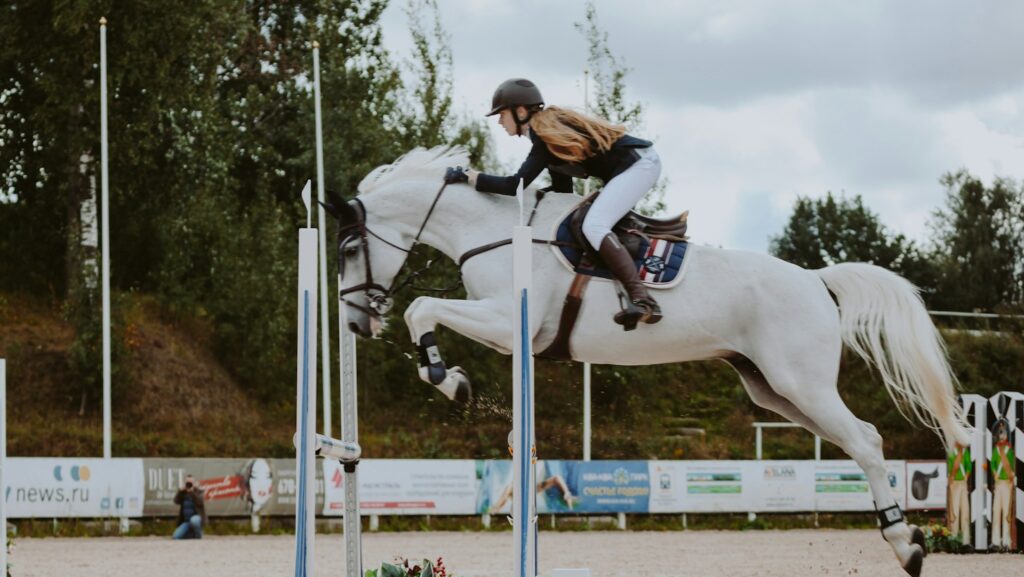
Few equine rags-to-riches stories are as remarkable as that of Snowman, the $80 plow horse who became a champion show jumper against all odds. In 1956, riding instructor Harry de Leyer purchased the gentle gray gelding from a slaughter-bound trailer, seeing something special in the horse’s kind eye. Initially used as a lesson horse for children, Snowman repeatedly jumped fences to return home when sold to a neighboring farm, demonstrating an extraordinary natural jumping ability. De Leyer recognized this talent and began training him for show jumping, where the unlikely pair defeated the finest European-bred horses to win the prestigious National Horse Show Jumping Championship in 1958 and 1959. Nicknamed “The Cinderella Horse,” Snowman became a media sensation and beloved public figure who proved that champions can come from the most humble origins, earning his place among the most inspiring equine legends.
Sergeant Reckless: The War Horse Hero
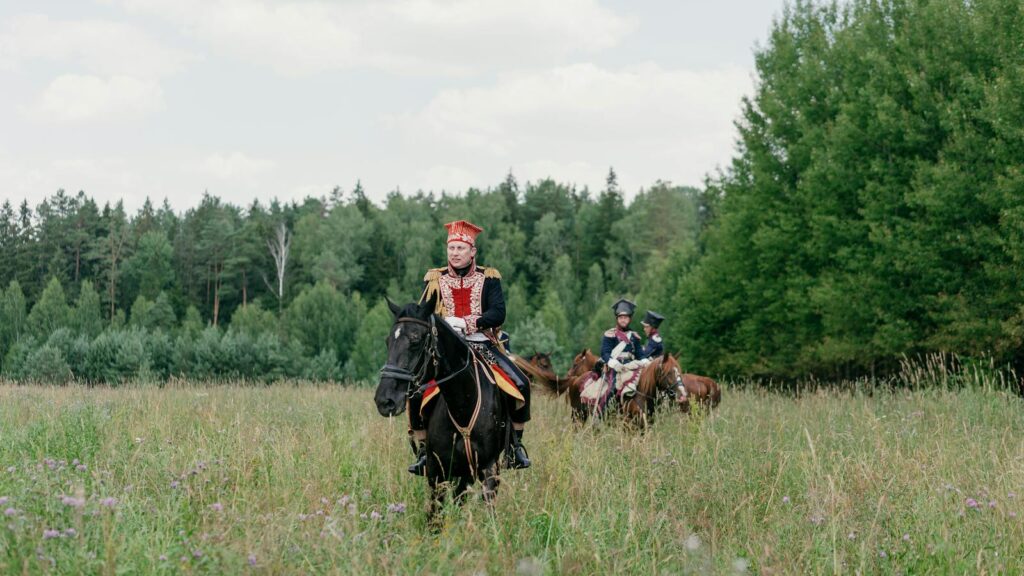
Among military horses, few can match the genuine heroism of Sergeant Reckless, a small Mongolian mare who served with the U.S. Marine Corps during the Korean War. Purchased from a Korean stable boy for $250, this remarkable horse was trained to carry ammunition to the front lines and evacuate wounded soldiers without human guidance. During the Battle of Outpost Vegas in 1953, Reckless made 51 solo trips through enemy fire in a single day, carrying over 9,000 pounds of ammunition up steep mountain terrain and returning with wounded soldiers. Despite being wounded twice herself, she never stopped working. The only horse in U.S. history to be officially promoted to sergeant, Reckless received two Purple Hearts, a Marine Corps Good Conduct Medal, and numerous other military decorations, making her perhaps the most decorated animal in American military history.
Qualities That Define a Truly Legendary Horse
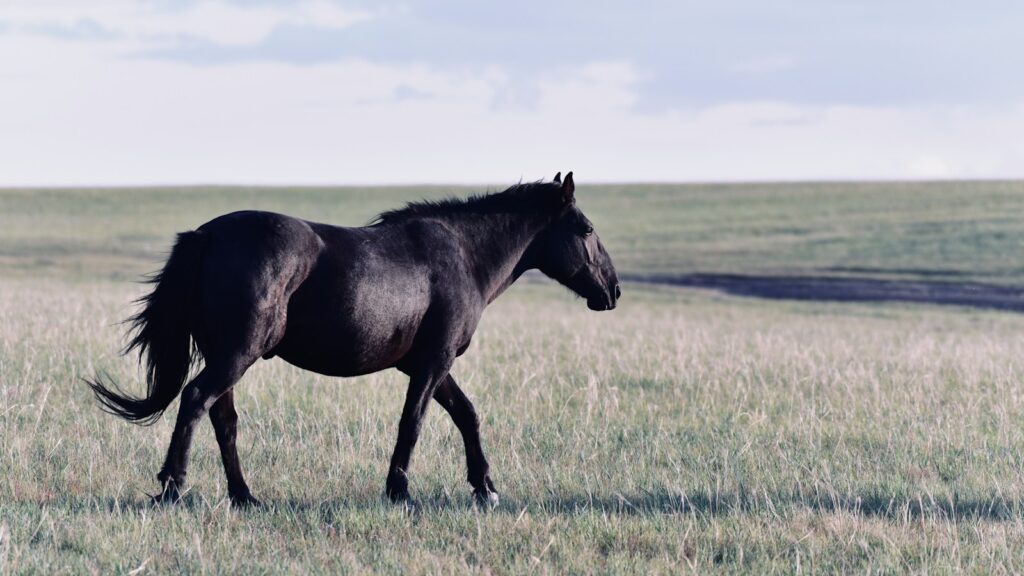
What elevates a horse from merely famous to truly legendary status? The most enduring equine legends typically combine several distinctive qualities that capture human imagination. Extraordinary physical ability – whether expressed through Secretariat’s unmatched speed or Snowman’s improbable jumping prowess – forms the foundation for many equine legends. Equally important is distinctive character or personality that creates a meaningful connection with humans, as demonstrated by the intelligence of Clever Hans or the bravery of Sergeant Reckless. Historical significance also plays a crucial role, whether through Bucephalus’s association with Alexander the Great or Comanche’s symbolic role at Little Bighorn. Finally, the most legendary horses tend to transcend their achievements to represent something larger – Seabiscuit embodying hope during the Depression or Pegasus symbolizing freedom and transcendence across millennia. It is this combination of exceptional qualities that allows certain horses to gallop from history into legend.
The Legacy That Endures
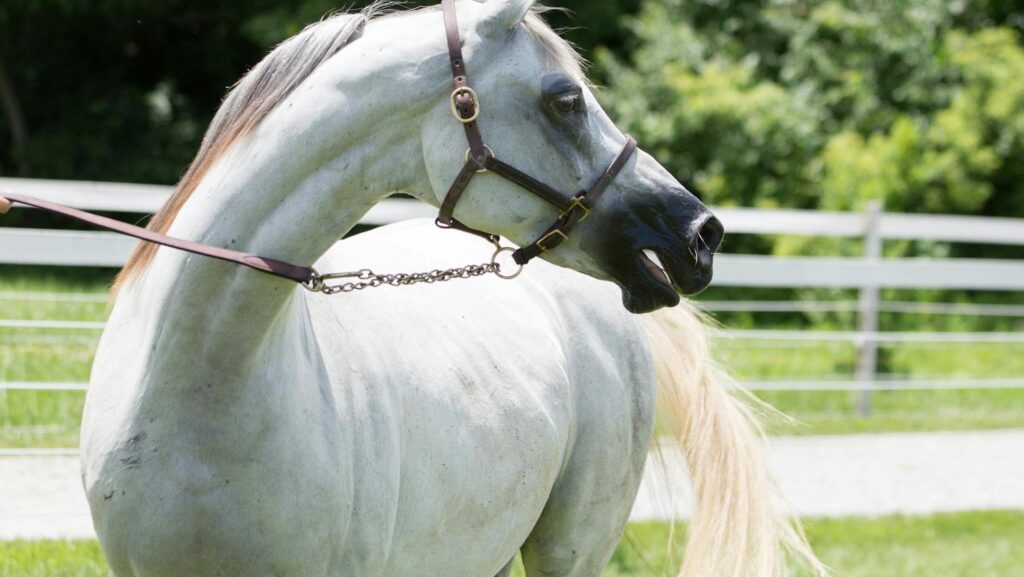
The true test of a legendary horse is the endurance of its legacy across generations. The greatest equine legends live on not merely in record books or breeding lines, but in the collective imagination and cultural consciousness. Their stories continue to inspire books, films, and artwork decades or even centuries after their passing. Secretariat’s breathtaking Belmont run still gives viewers goosebumps on YouTube nearly 50 years later. Children who have never seen a real horse can instantly recognize the winged silhouette of Pegasus. Even in our increasingly digital age, these legendary horses maintain their power to inspire awe, teaching us about courage, beauty, the bond between species, and the heights of physical achievement possible through the magnificent horse. Perhaps the most legendary horse is not any single individual, but rather the composite ideal they collectively represent – the perfect expression of everything we humans have always admired about these magnificent animals who have shaped our civilization and captured our hearts.
conclusion
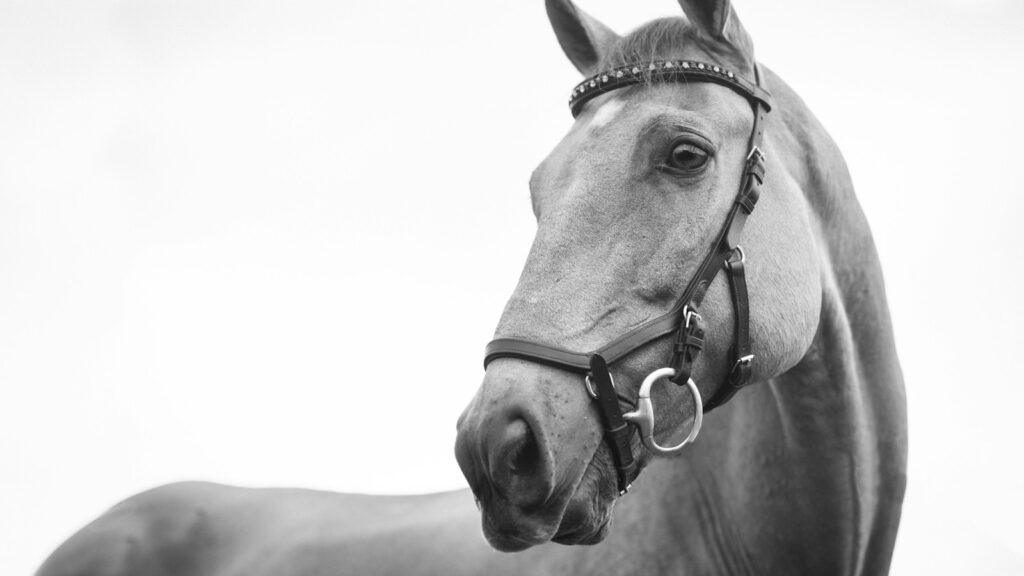
When considering which horse truly deserves the title of “most legendary,” the answer ultimately depends on how we define legendary status. Is it measured by athletic accomplishment, historical impact, cultural significance, or mythic power? Each of the horses discussed here holds a legitimate claim to the title through different criteria. What remains undeniable is that certain extraordinary equines have transcended their status as mere animals to become powerful symbols that continue to inspire and captivate us long after their mortal lives have ended. These legendary horses remind us of why humans have maintained such a profound connection with these magnificent creatures throughout the entirety of our shared history.

